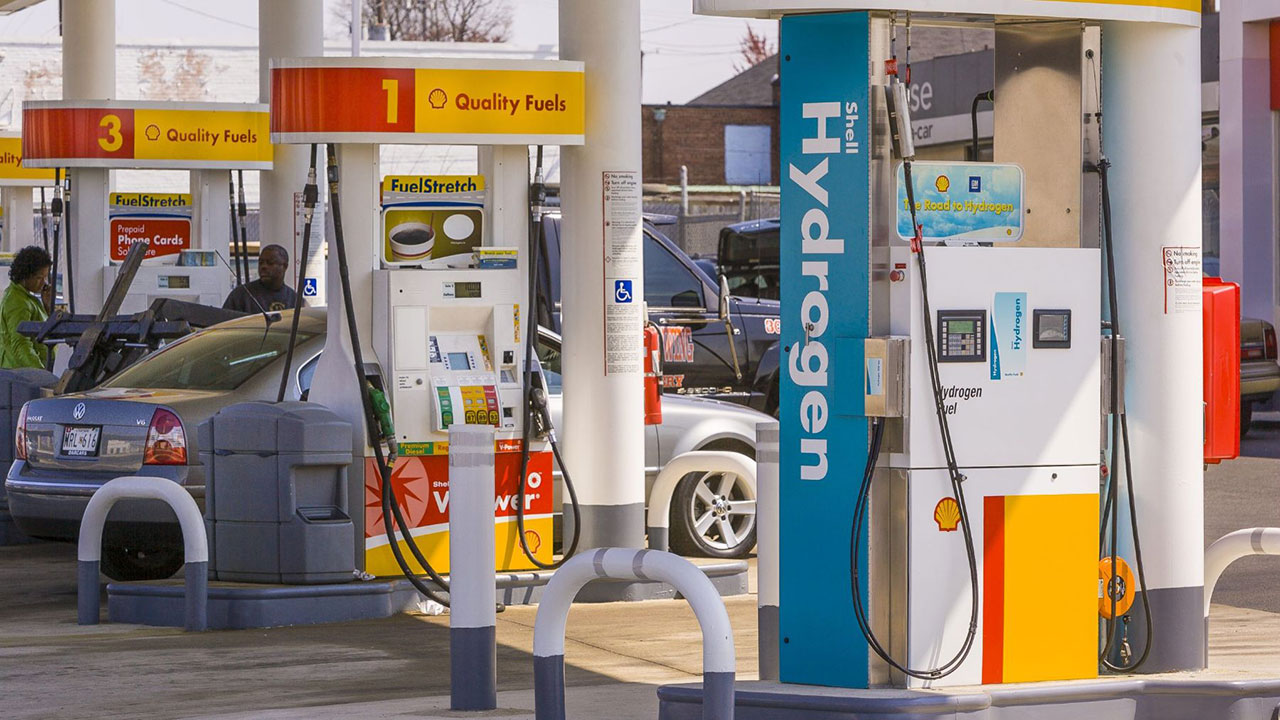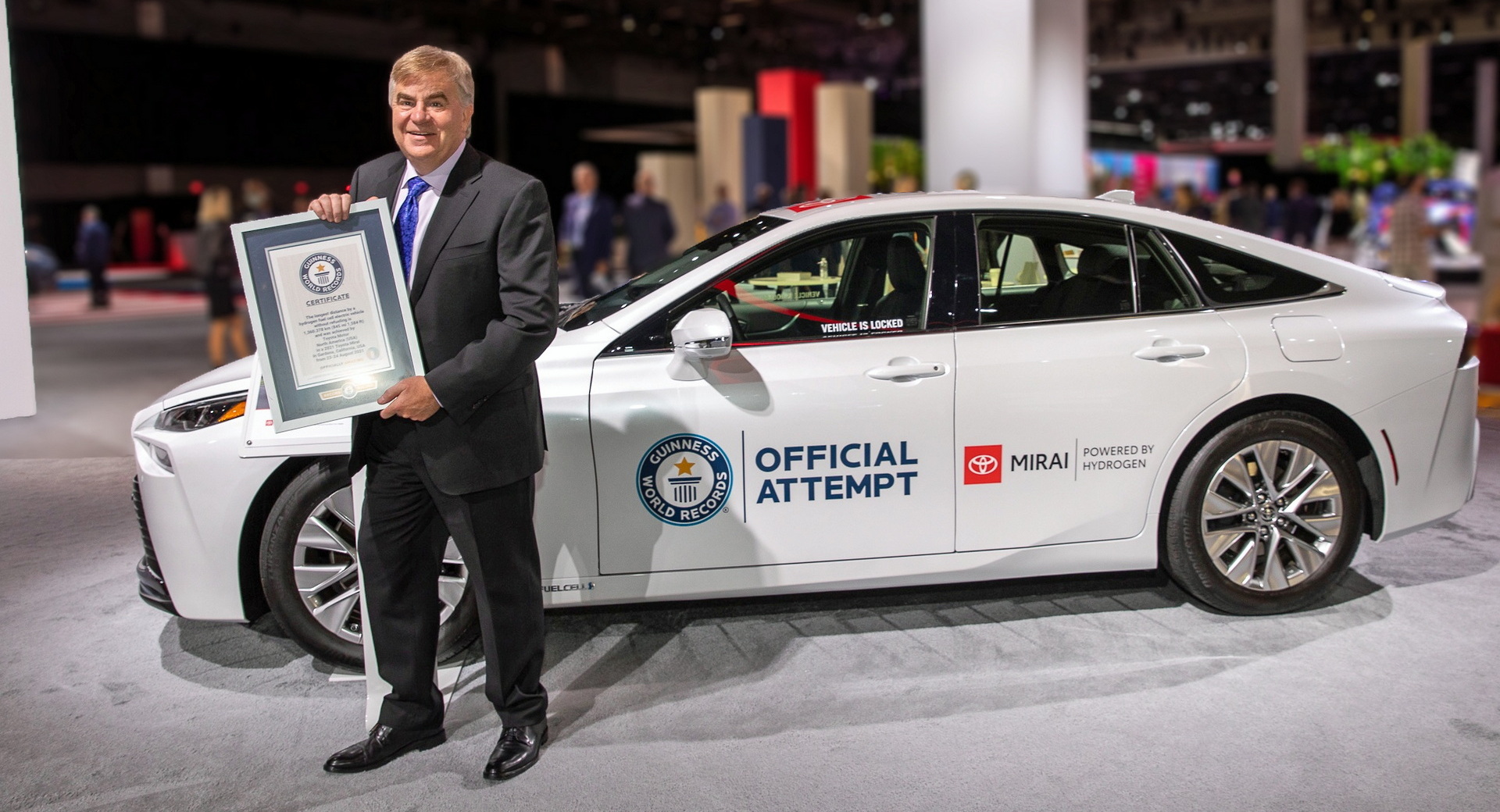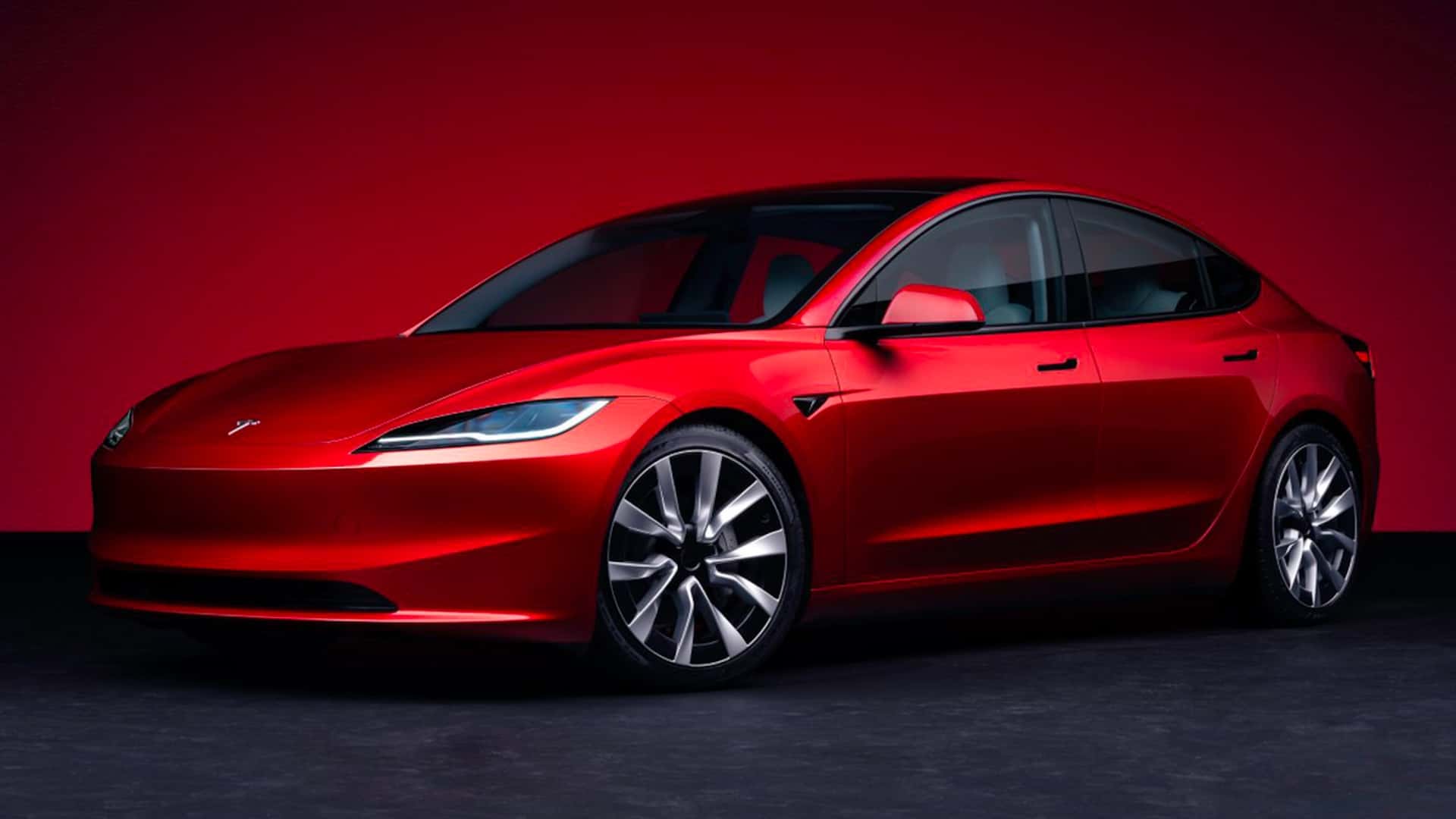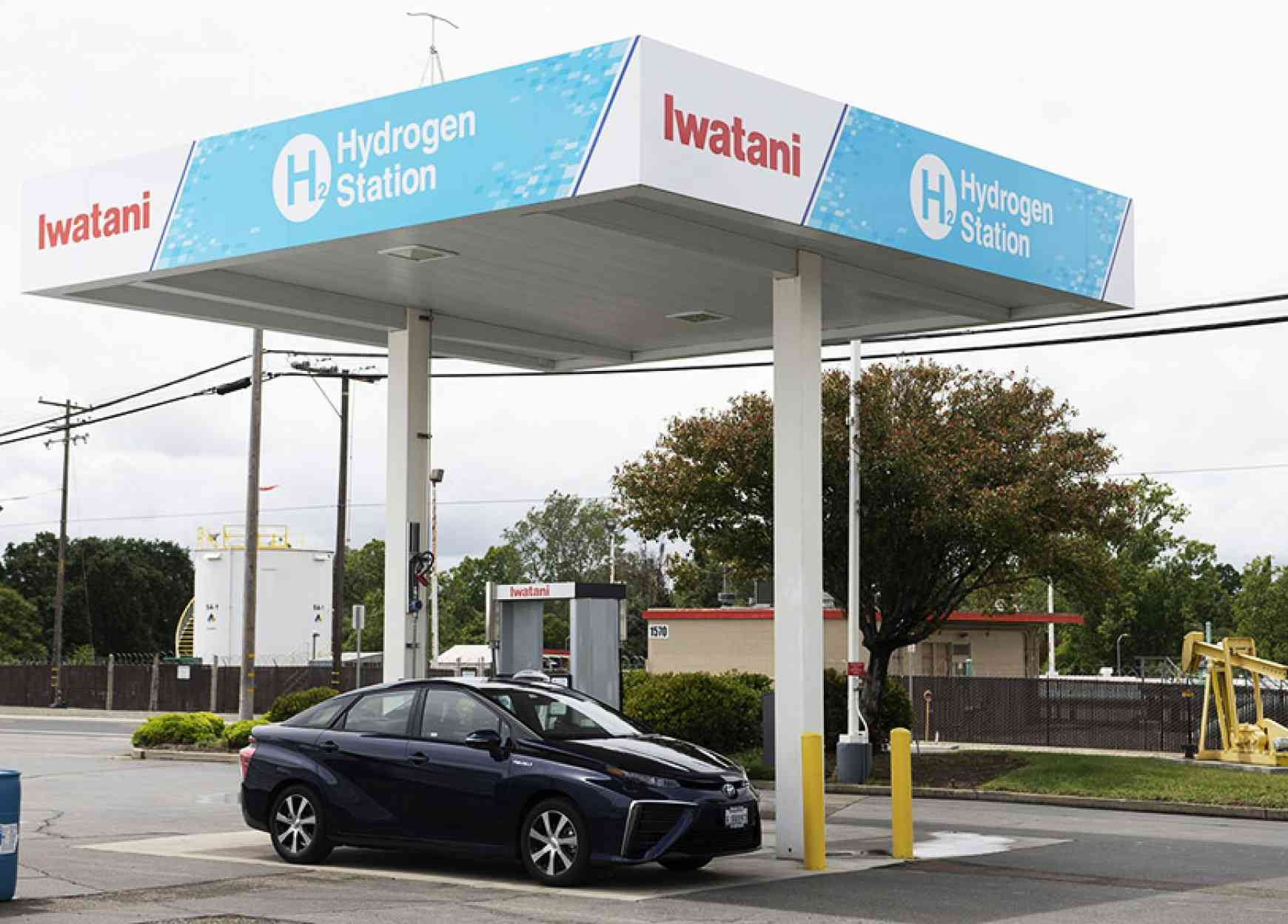In the context of increasingly serious climate change, many governments have implemented policies to promote the use of clean energy vehicles. In addition to electric vehicles, hydrogen-powered vehicles have also been widely discussed.
The most popular type of hydrogen-powered vehicle is the fuel cell vehicle (FCE), which uses hydrogen as a fuel in a chemical reaction to produce water and electricity. Many models of vehicles using this mechanism have been sold on the market, such as the Toyota Mirai, Honda Clarity, and Hyundai NEXO.
However, with the recent closure of 7 hydrogen refueling stations in California, USA – considered the capital of hydrogen vehicles – many issues have been revealed.

Shell Hydrogen has closed all of its refueling stations in California, USA.
Hydrogen-powered vehicles, also known as fuel cell vehicles, have many advantages over battery-powered electric vehicles, such as fast refueling time, long distance range, and most importantly, no greenhouse gas emissions during operation.
In October 2021, Toyota set a Guinness World Record by using a Mirai with a full hydrogen tank to travel 1360km – a longer distance than the best electric vehicle can achieve.
However, along with these advantages, hydrogen-powered vehicles still have many weaknesses.

Toyota Mirai set a Guinness World Record with a 1360km distance traveled on a full tank of fuel.
For example, while electric vehicles can have very high power outputs and compete with the fastest gasoline-powered models, hydrogen-powered vehicles cannot yet achieve the same. Despite being equipped with an electric motor, the limited ability of each hydrogen atom to generate electricity results in lower power output compared to electric vehicles.
For instance, the Toyota Mirai model uses an electric motor with a maximum power output of 182 horsepower and a maximum torque of 406Nm, while the Tesla Model 3, at a similar price range, has a maximum power output of 279 horsepower and a maximum torque of 420Nm.

Tesla Model 3, at a similar price range to the Toyota Mirai, has better power output.
In addition to lower power output, users of hydrogen-powered vehicles also need to consider the limited availability of hydrogen refueling stations. Currently, California is the only state in the US with hydrogen refueling stations, while other states do not have any. This is also the case in many other countries – not every country or city has refueling stations.
According to Hydrogen Insight, California has about 55 hydrogen refueling stations, and 7 of them, operated by Shell Hydrogen, were recently announced to be permanently closed due to “supply disruptions and many market-based factors,” according to Vice President Andrew Beard.

A Toyota Mirai at Iwatani’s hydrogen refueling station.
The website Insideevs has been monitoring hydrogen refueling stations through its electronic portal and found that most stations in Southern California are closed or operating sporadically. Hydrogen Insights also states that disruptions in hydrogen supply have been occurring since mid-August last year.
Iwatani’s hydrogen refueling stations in California have posted signs saying, “Our main hydrogen supply is experiencing issues that will impact the energy supply at the Hawaiian Gardens facility. We do not have an exact timeframe for returning to normal operations but will provide updates as soon as possible.”
Iwatani is one of the two largest hydrogen suppliers in the United States. In addition to supply issues, it is also involved in a lawsuit with its core technology provider. According to court documents accessed by Hydrogen Insight, Iwatani alleges that the supplier did not test the equipment under real-world conditions, concealed defects, and deceived customers.
It should be noted that the construction cost of a hydrogen refueling station is estimated to be around $1.5 million to $2 million.

Hydrogen must be stored under high pressure, so the hydrogen tank at refueling stations or vehicles needs to meet very high standards. The 3 yellow tanks in the picture are hydrogen storage tanks on a Toyota Mirai.
The high construction cost of a hydrogen refueling station is due to the need to ensure that hydrogen is not contaminated and to ensure safety when stored under high pressure.
A hydrogen refueling station may require 6 systems: compression and refueling, high-pressure storage tank system, cooling system, safety system, electrical system, and water electrolysis machine (not necessarily required unless hydrogen generation is desired).
With the characteristics of hydrogen vehicles, it seems unlikely that lightweight vehicles will have the opportunity to replace battery-powered electric vehicles. However, if applied to heavy-duty vehicles such as buses, trucks, and container trucks on fixed routes, hydrogen vehicles could be a viable option.












